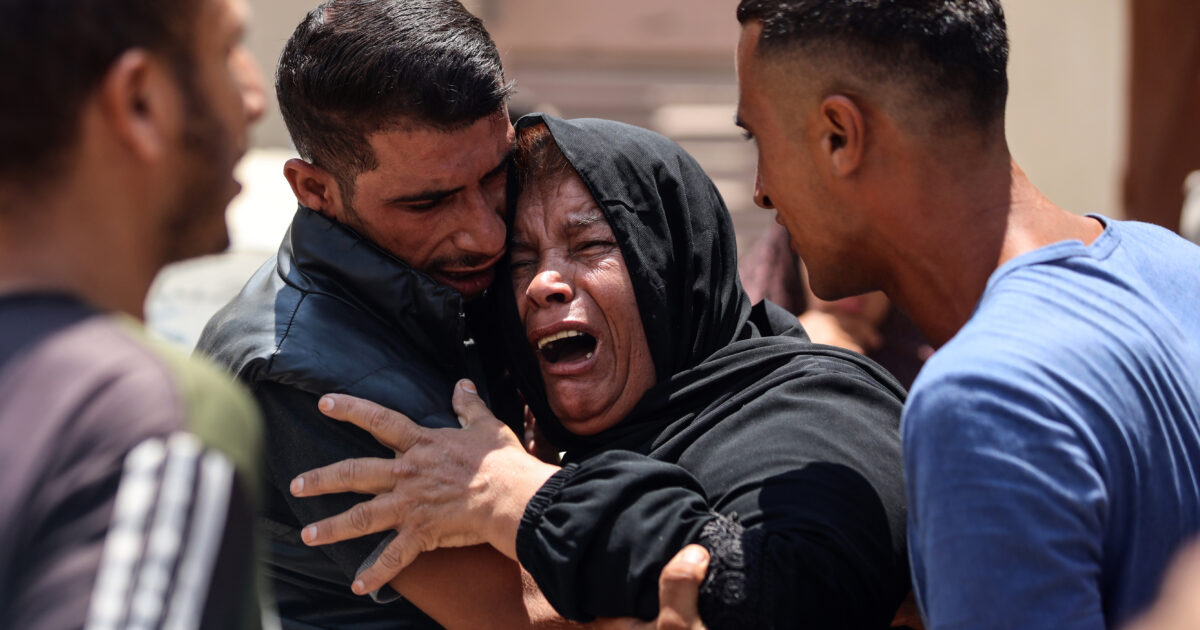Jordan court sentences suspects in rocket, drone plots targeting national security
AMMAN: Jordan’s State Security Court on Wednesday handed down prison sentences to several…

AMMAN: Jordan’s State Security Court on Wednesday handed down prison sentences to several…

PARIS — Outgoing French Prime Minister Sébastien Lecornu, aiming to calm the political storm triggered by his resignation on Monday less than 24 hours after unveiling his ministers, faced a tight deadline Wednesday to break the deadlock caused…

Lucy WilliamsonMiddle East correspondent, Jerusalem
 BBC
BBCThe Skeik building, in a quiet road off Omar al-Mukhtar Street in western Gaza City, was a familiar sight to Gaza’s lovers.
The tree-lined street that ran beside it was once a favourite place…

It has been two years since Hamas fighters broke through the Gaza siege, launching an attack on military sites, kibbutzim and a music festival within Israel’s borders. The group, alongside others, killed just over 800 Israeli civilians…

The Marina Bay Street Circuit is one of the toughest venues on the calendar for overtaking – so how exactly did Carlos Sainz go from the back of the grid to the final points-paying position at the 2025 Singapore Grand Prix?
Thanks to a…

The Indian men’s football team will play back-to-back ties against Singapore in Group C of the AFC Asian Cup 2027 Qualifiers on Thursday and Tuesday.
The India vs Singapore football matches in the AFC Asian Cup Qualifiers will be available to…